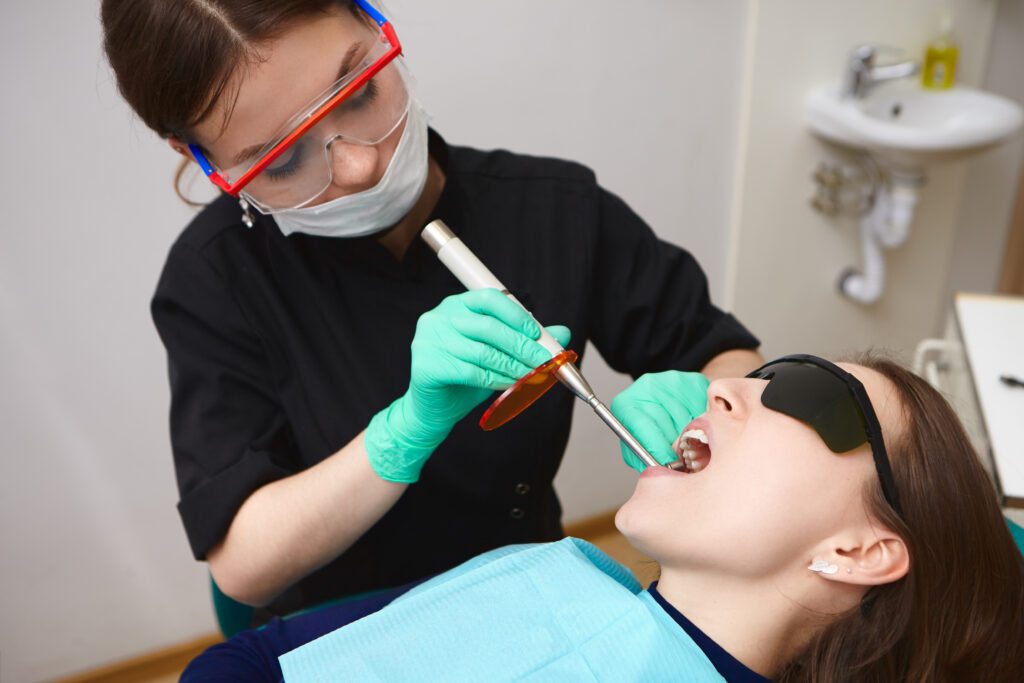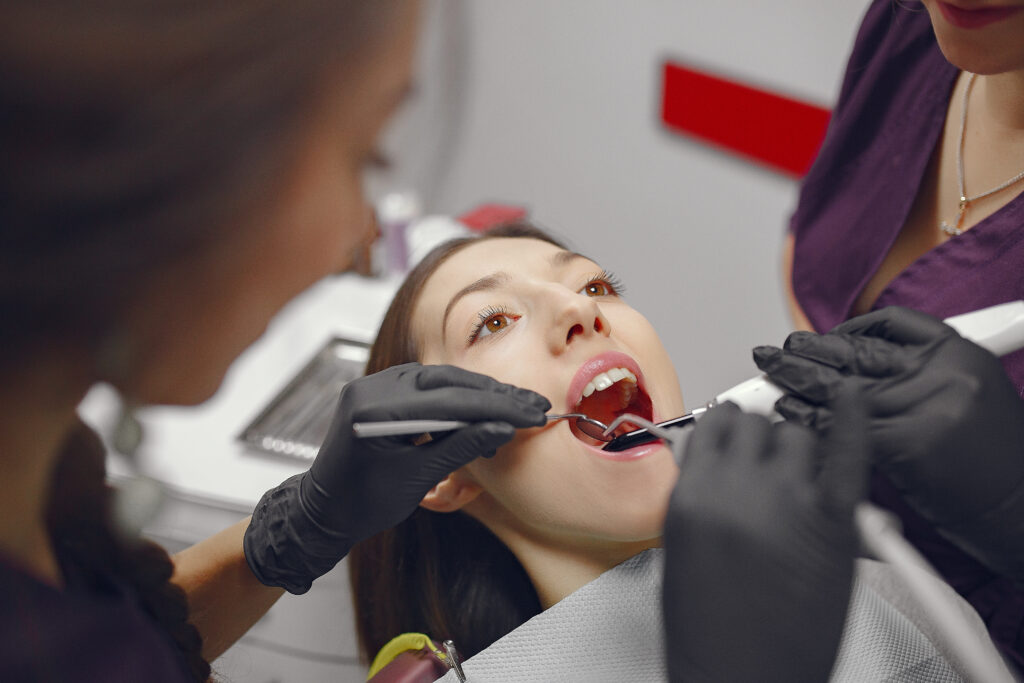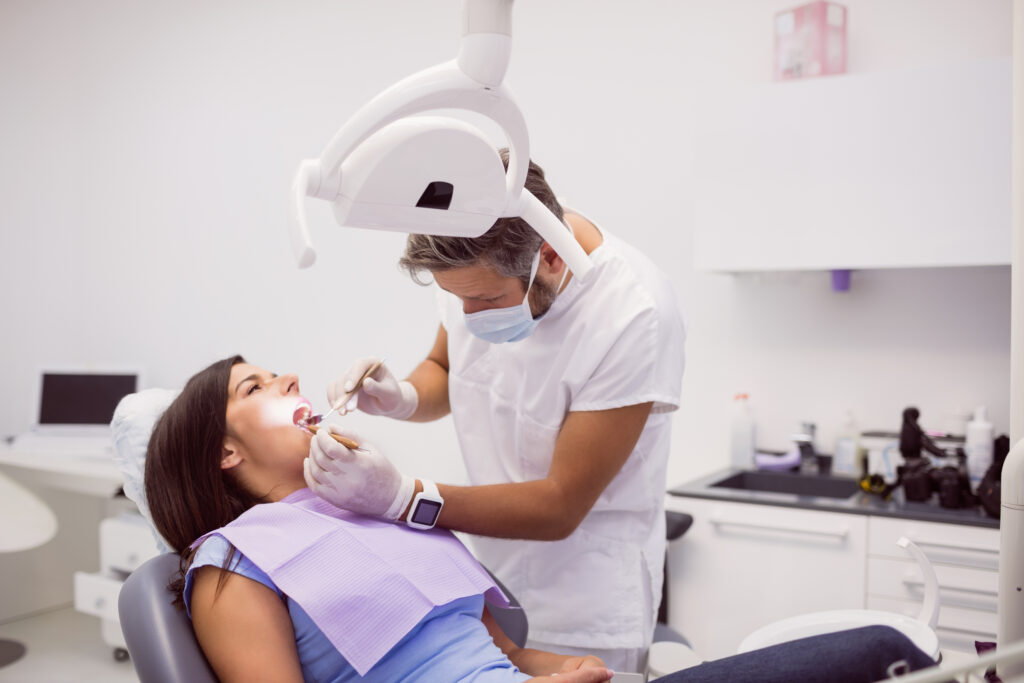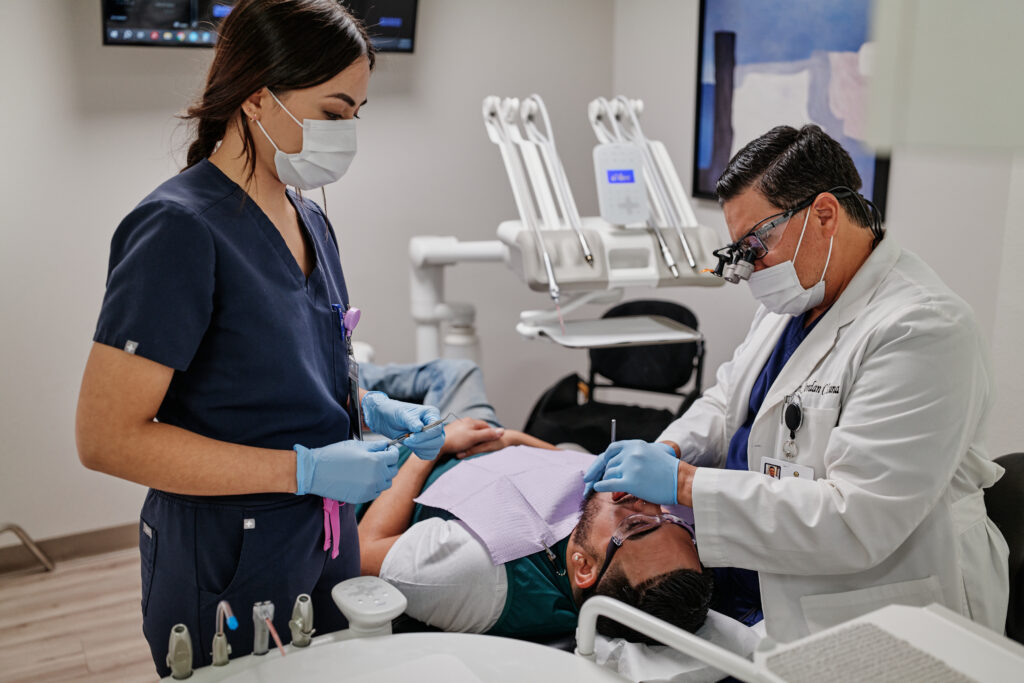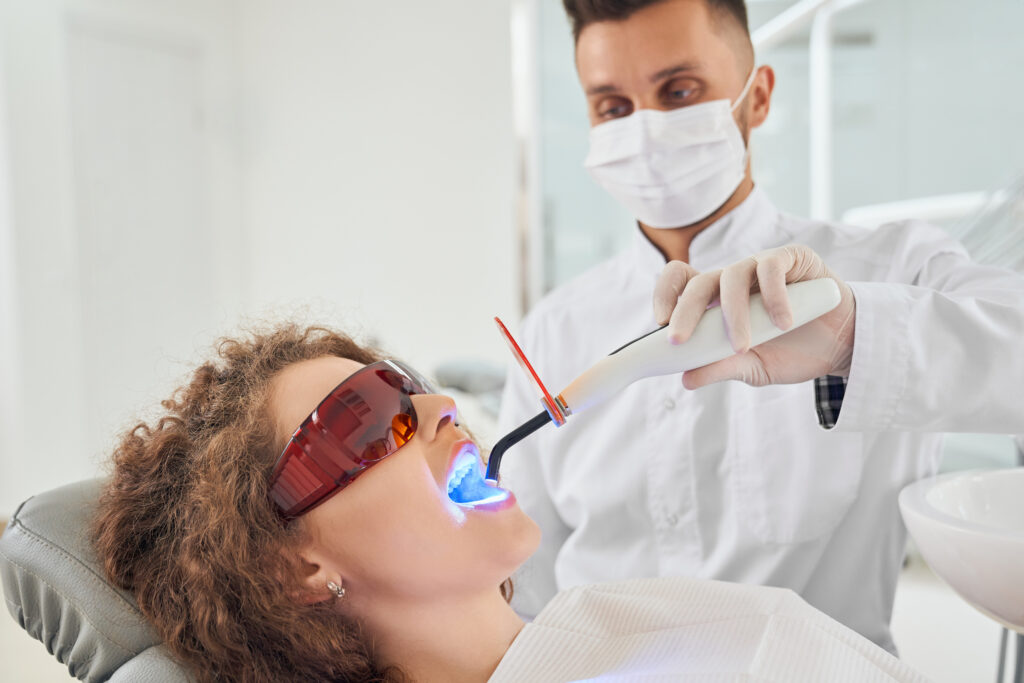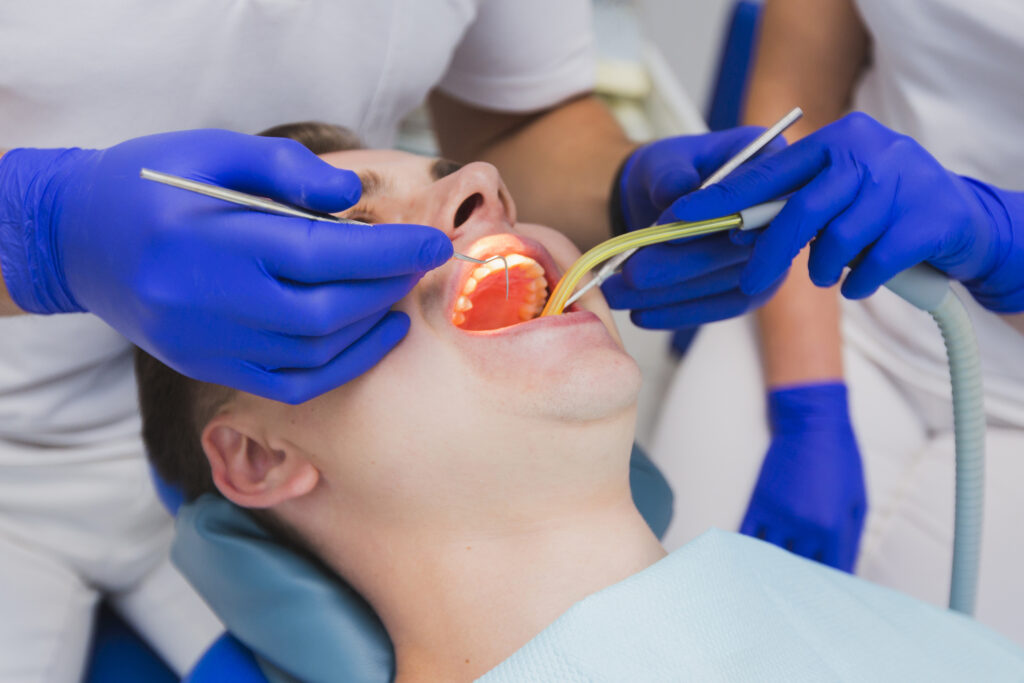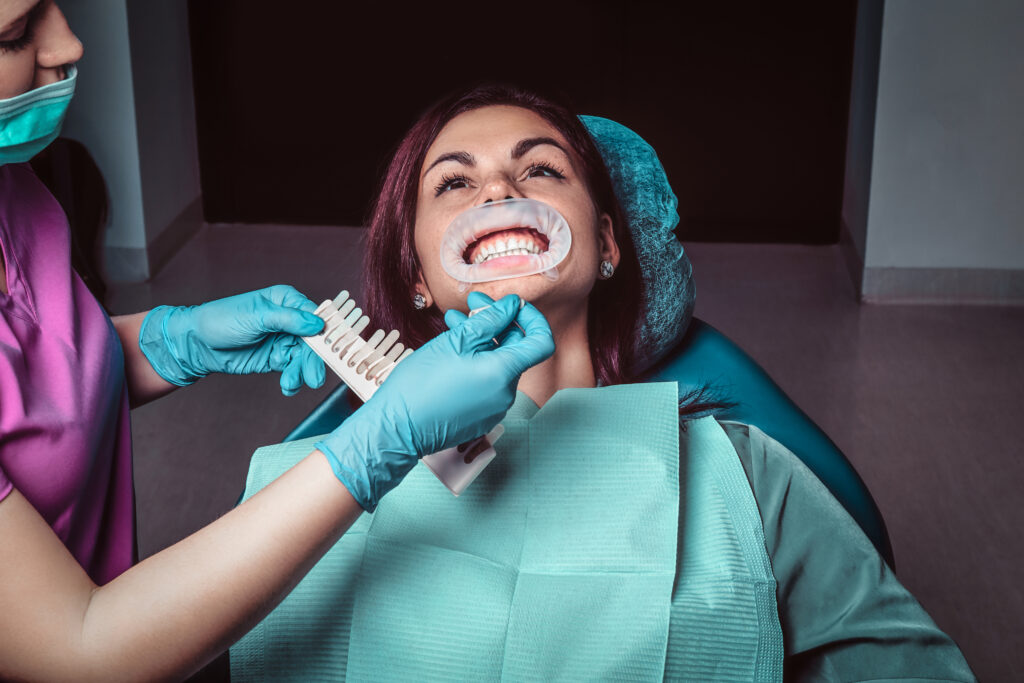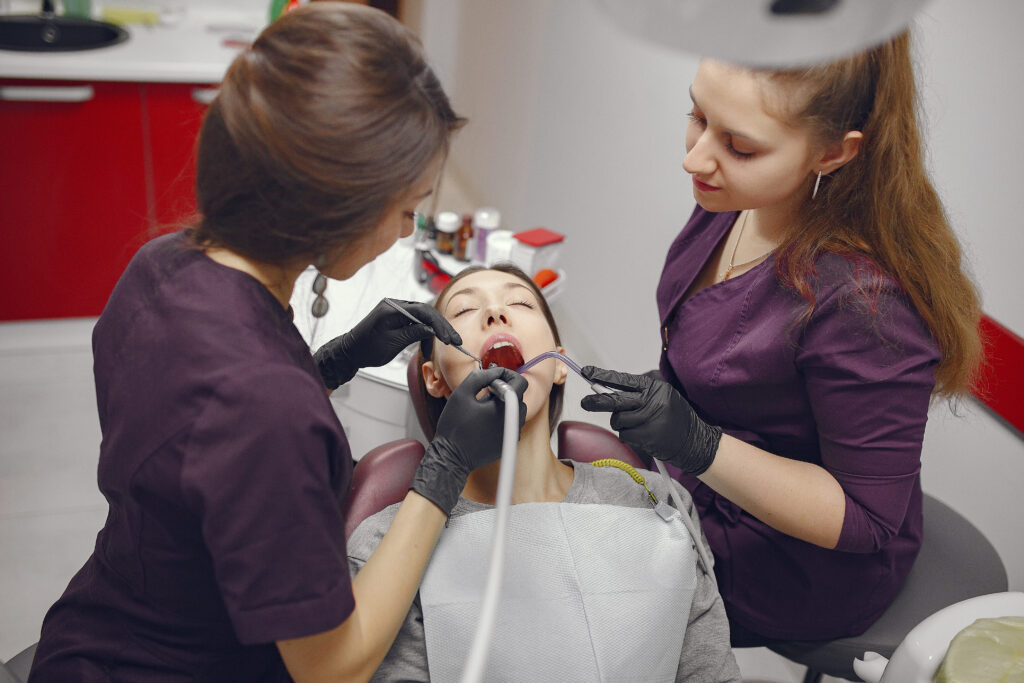Innovations in Dental Fillings in Riverpark: Materials, Techniques, and Longevity
Key Takeaways Dental fillings in Riverpark have changed a lot. The old silver patches people remember aren’t the only option anymore. Now you can choose from fillings that match your teeth, last longer, and feel more comfortable. At Clove Dental Riverpark, we’ve seen the difference these updates make. Patients come in worried about cavities, but they leave knowing their tooth looks natural again. No one even notices the work. So, What Is a Filling? Simple answer: it’s a fix. Cavities eat away at your tooth. A filling cleans out the decay and then seals the space so it can’t spread. That way, you can chew, smile, and talk without pain. Not too long ago, fillings meant silver or metal. They did the job, but they stood out. Today, dental fillings in Riverpark use materials that blend in. Materials You Can Choose From You’ve got options now, and each has pros and cons. Most patients in Riverpark go with composites because they look natural. But sometimes, especially for back teeth that take more pressure, ceramics or even amalgam make sense. How Dentists Place Fillings Today Here’s where things have really changed. It’s not just about the material. The way fillings are placed is better too. For patients, that means less time in the chair and fewer repeat visits. How Long Do They Last? This is the big question people ask. Fillings don’t last forever, but modern ones go the distance if you take care of them. The truth? How you treat your teeth matters. If you chew ice or grind your teeth at night, your teeth will wear down faster. To keep your teeth strong, brush and floss regularly and visit the dentist for checkups. That’s why many people see dental fillings in Riverpark as an investment. Spend a little now, save a lot later. Why All This Matters Nobody wakes up excited about getting a filling. What matters is how it looks, how long it lasts, and whether it keeps your tooth healthy. Modern fillings check all three boxes: That’s a win for anyone juggling work, school, or family life around Riverpark. A Local Example One of our patients, a teacher at a nearby school, came in worried about a dark spot on her molar. She thought she’d need a crown. Turns out, a composite filling was enough. Quick, painless, and her tooth looks brand new. Stories like that are why we talk about these innovations. Fillings aren’t just repairs anymore; they’re preventive tools. Choosing the Right Filling So how do you decide? Think about: Your dentist can walk you through the choices. At Clove Dental Riverpark, we do that with every patient who needs dental fillings in Riverpark. The Takeaway Fillings have changed. They look better, last longer, and feel more natural. If you’re dealing with a cavity, you don’t have to settle for what your parents had. At Clove Dental Riverpark, we focus on treatments that fit your life. With today’s materials and techniques, dental fillings in Riverpark are more than a patch; they’re a smart step toward keeping your teeth strong for years.

